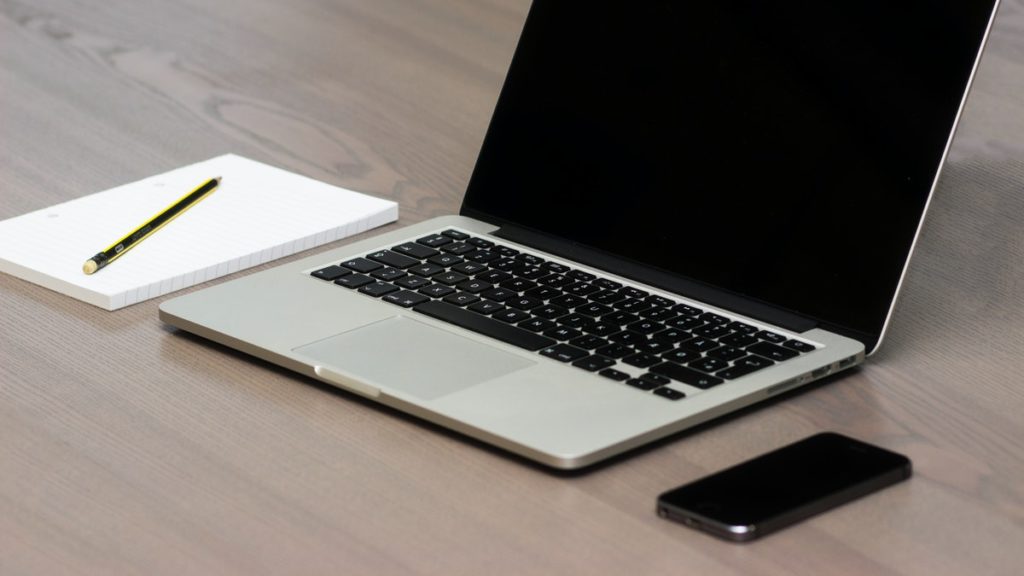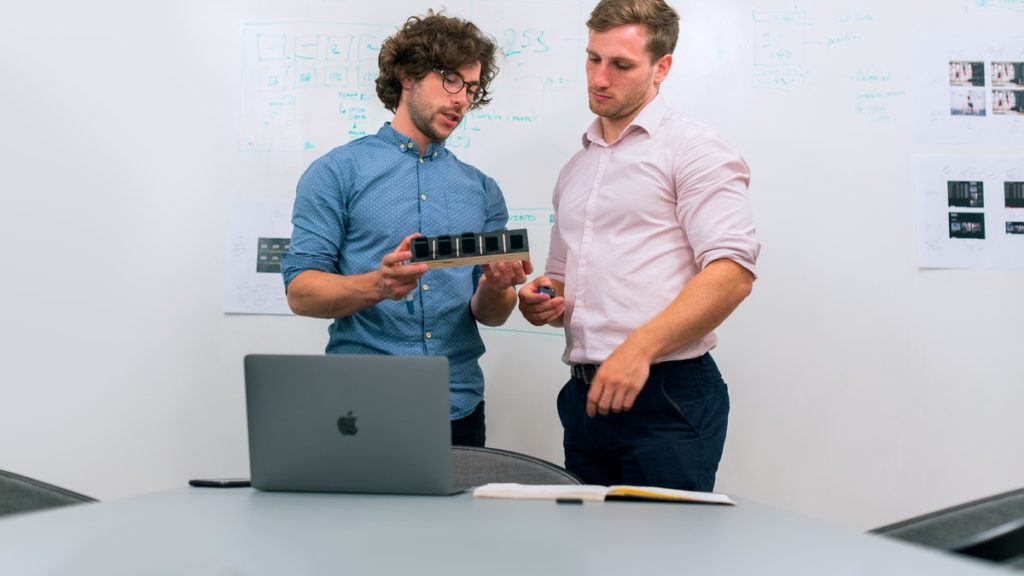Featured Photo by ThisIsEngineering from Pexels
The product development process is a long and often costly one. However, it doesn’t have to be this way. With the right approach, you can take a product from concept to reality while keeping costs low.
Reducing the costs of development doesn’t just mean that you need less money to get your product off the ground. It also enables you to turn a profit more easily. Here are four key principles to follow for anyone looking to keep their product development costs as low as possible.
Simplify for Reduced Costs
Sometimes the easiest way of reducing the cost of your product development is simply to embrace more streamlined solutions. Needless complexity is one of those things that will drive up the overall costs of a project.
However, you might have grand ideas for your product that involve a plethora of features and functionalities. If this is the case, then you need to be prepared for a long and difficult road.

Don’t get caught up in the rush to do something just because your competitors are. It is much better to set realistic and achievable targets for your product. There is nothing wrong with being ambitious and aiming higher. However, you need to balance your ambition with a sense of what is and isn’t realistic for your product.
Qualified Designers Are Essential
Work with designers who understand exactly what it is that you are trying to achieve. These should be people who can help you identify the best ways of achieving what you have in mind.
Outsourcing aspects of your design to people who are not qualified will inevitably end badly. However, it isn’t easy to identify the most efficient way of solving a problem if you don’t have the necessary background or experience. Therefore, be cautious and hire well.
It is easy to inadvertently over-engineer a solution to a relatively simple problem, making more complications than necessary.
Reduce Costs by Planning Your Production Process
Proper planning is always important if you want to operate efficiently in business. The first part of product development should involve conducting all the necessary research that you need to inform your decisions about your product.
This includes the market and audience research needed to predict your audience’s response to your product. This will alert you to adjustments to your approach in order to appeal to them.
RELATED CONTENT: THE IMPORTANCE OF PLANNING IN PROJECT MANAGEMENT
Establishing your requirements early in the process ensures that all of your designs are pointing in the right direction. Think of your development plan as being like a business plan, but for product development.
Therefore, your development plan should specify what you want to achieve and how you plan to achieve it. It should also set out the key milestones of the product development and release. Also, it needs to specify how you will establish whether you have met these goals or not.
You can always update your development plan as time goes on and circumstances evolve. It doesn’t have to remain a static and unchanging document.
Prototyping Carefully Will Reduce Costs
The prototyping phase of the product development process is your opportunity to identify any shortcomings in the design of your product and fix them before it hits the market.
Every product should go through a prototyping phase to confirm that the proposed design works. However, the way you approach your prototyping will determine how useful the process is. It will also suggest how long you need to spend on it and the costs involved.
If your goal is to keep your product development costs as low as possible , you need to consider carefully the way you prototype your products.
For example, if you try to dive in at the deep end and go straight to constructing a working prototype, you are more likely to run into issues with your design. If this happens, then you are forced to go back and revise your design and produce another prototype.
On the other hand, if you begin with a simple sketch of your product on paper and then work to produce a gradually more refined prototype over time, you can identify and solve issues as you go along.
Sketch, Then Simulate
Producing a highly detailed annotated sketch of your product is much easier and cheaper than producing a functional working prototype. The more information you are able to include on your initial sketches, the more likely it is that you will be able to identify shortcomings in your design and fix them before you move on to producing physical prototypes.

Photo by ThisIsEngineering from Pexels
If possible, using simulation testing in place of prototyping can help you to save a considerable amount of money when you are still finding out everything you need to about your product design. Simulation testing is a great way of working out whether circuits and other components within your design are going to work properly.
Choose the Right Manufacturing Method
Choosing the right manufacturing method for producing your prototype is also essential if you want to be as cost-efficient as possible. There are many potential manufacturing methods you can use to produce a working prototype. For example, you can pick and choose among everything from 3D printing to injection molding.
We have already highlighted the importance of properly researching and preparing before you begin the prototyping process in earnest. Part of that research should involve looking at the different manufacturing methods available to you and settling on the one that is best suited to your needs.
For example, Rapid Direct offers a plastic injection molding service that is ideal for producing prototypes. Rapid Direct is an injection molding supplier with experience in prototype injection molding.
Producing your prototypes in China is always a reliable way of keeping your costs down. For example, using a business such as Rapid Direct that offers injection mold in China is very cost-effective. Whether you need plastic or aluminum injection molds, Rapid Direct offers everything you need.
Choosing the right prototyping method is essential if you want to produce your prototypes in the most cost-effective way possible.
Be Open to Feedback
Few people are able to design a working product on their first try. Your product development process will inevitably involve a number of rethinks and re-evaluations as circumstances change.
Throughout the process, be receptive to feedback from others. Whether this feedback is coming from other members of your design team or members of your audience, always be willing to listen to what other people are telling you.
At this point, it will be important to conduct consumer product testing with people who represent the consumers in your target market. By listening to their comments and making adjustments accordingly, you will give your product a better chance to succeed.
Remember, it doesn’t matter how much you personally like your product. If no one else wants to buy it, then it will never be a success.
Keep Your Expectations Realistic
The product development process is always going to cost you money. Developing a product for free is a fantasy. However, if you approach the process in the right way you can reduce these costs, sometimes significantly.
The lower your development costs are, the easier it will be to turn an appreciable profit on the final product. Stick to the advice outlined above and you should have no trouble keeping your costs as low as possible.


